The manufacturing process of medical molds, though seemingly straightforward, is actually intricate and complex, with each procedure requiring high technical standards and exquisite craftsmanship. Are you curious about the manufacturing process of medical molds? Today, Dongguan Yize Mold will reveal this mystery to you in detail, taking you through every aspect of the journey from customer requirements to the finished product.
1. Receiving Customer Requirements: The Starting Point of Customization
The manufacturing journey of medical molds begins with product drawings or physical samples provided by customer engineers. Manufacturers need to fully understand the technical requirements such as the purpose, processability, and dimensional accuracy of the plastic parts. Through meticulous analysis and digestion of product data, they accurately grasp the customer's customization needs, laying a solid foundation for subsequent mold design.
2. Mold Design: A Creative Work of Ingenuity
-
Part Layout: A Combination of Wisdom and Art
Based on customer requirements, the engineering team carefully lays out the required plastic parts, whether one or multiple, according to reasonable injection molding processes and mold structures. Part layout is complementary to mold structure and plastic processability, directly affecting the subsequent injection molding results. During the layout process, the team needs to fully consider the mold structure to ensure optimal layout while meeting structural requirements.
-
Quotation Drawing and Material Ordering: A Precise and Efficient Preparation Stage
The quotation drawing is the initial design plan for the mold, providing detailed reference information for material ordering. Based on the mold layout, the team provides relatively detailed identifications of the mold base, its structure, and the size of the mold cavity material. Subsequently, they draw a simplified mold base diagram based on the quotation drawing and fill out a material ordering form to ensure accurate material preparation.
-
Mold Structure Design: A Perfect Fusion of Science and Practice
The design of the mold structure needs to fully consider various factors such as the technical specifications of the injection molding machine, the processability of the plastic, the gating system (including runners, gates, etc.), molding components, common structural components, ejector mechanisms, mold temperature control, venting, and mold materials. The team needs to comprehensively consider these factors to ensure that the mold structure is both scientific and practical.
3. Mold Manufacturing: A Display of Exquisite Craftsmanship
-
Programming and Electrode Preparation: A Combination of Digital and Traditional Techniques
After the mold design is completed, the team needs to program the CNC machines based on the processing requirements of each component and decide whether to prepare electrodes for EDM processing. This step combines digital technology with traditional craftsmanship, reflecting the advanced nature of modern mold manufacturing.
-
Mechanical Processing: A Precise and Accurate Manufacturing Process
The mechanical processing of molds includes CNC machining, EDM processing, wire cutting, and deep hole drilling. The team needs to perform a series of precise machining on the mold base and materials according to the mold design intentions, producing various components. CNC machining requires highly accurate processing programs, tool selection, and processing parameters; EDM processing, on the other hand, utilizes electrical discharge to erode the material to the required dimensions, showcasing the unique charm of electrical discharge machining.
-
Mold Assembly by Fitters: A Manual Art of Ingenuity
Fitters play a vital role in the mold manufacturing process. They are involved throughout the entire process, proficient in mold assembly, turning, milling, grinding, and drilling skills, ensuring precise mold assembly with their exquisite manual craftsmanship.
-
Polishing and Finishing: Details Determine Success
During the polishing and finishing stage, the team uses tools and materials such as sandpaper, oilstones, and diamond paste to perform fine processing on the mold components, ensuring that the surface finish and accuracy of the mold reach the highest standards. Although this step may seem simple, it is crucial for the final quality of the mold.
4. Mold Inspection and Trial Run: Key Links for Quality Assurance
-
Mold Inspection: A Rigorous and Detailed Inspection Process
During the mold assembly process, the team checks whether the red dan (a marking compound used to check for proper fit) is in place, whether the ejector pins and sleeves are smooth, and whether there are any interferences in the mold. This step is an important part of mold inspection, ensuring that the mold is in optimal condition before the trial run.
-
Trial Run: A Real-World Test
After the mold is manufactured, the team conducts a trial run on an injection molding machine to test the mold's condition and the integrity of the plastic part structure. Through the trial run, the team can fully understand the mold's performance during the molding process and further optimize the plastic part structure.
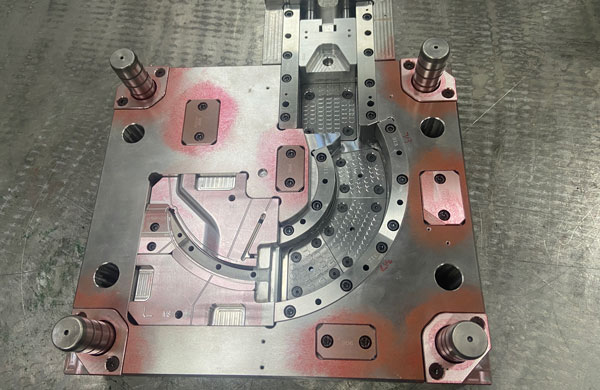
5. Mold Modification and Repair: The Pursuit of Perfection
Based on the trial run results, the team makes corresponding modifications to the mold. At the same time, after the engineer confirms the plastic parts, adjustments are also made to the part structure. Since the mold has already been manufactured, all modifications are relatively complex, and sometimes even more difficult than remaking the mold. Therefore, the team needs to find the best modification solution based on the specific situation to ensure that the mold is in optimal condition.
Regarding the processing of the cooling system, the team needs to open the cooling channels at the appropriate stage according to the product design requirements. Especially for materials like PC that require hot oil for molding, the cooling channels should be opened before the first trial run to ensure that the molding dimensions are determined as soon as possible.
6. Mold Maintenance: The Responsibility of Extending Lifespan
Since molds operate in high-temperature and high-pressure environments and are constantly exposed to air, they are prone to rust. Therefore, the team needs to perform regular maintenance on the molds, applying rust-preventive oil and grease to ensure their long-term stable operation. At the same time, due to the limited lifespan of mold steel and possible design flaws in the mold structure, the team needs to continuously maintain and repair the molds during subsequent maintenance to ensure that they always remain in optimal condition.
Conclusion
Dongguan Yize Mold Co., Ltd., as a company engaged in precision mold design and manufacturing, as well as precision injection molding products production for many years, specializes in providing a complete set of solutions for the design, precision mold manufacturing, injection molding and assembly, and after-sales service of automotive connectors, medical product injection molding, cleanroom injection molding, PFA custom injection molding, and other products. With rich experience and exquisite craftsmanship, we provide customers with the highest quality products and services. Welcome to call us at +86 13302615729 (WeChat, WhatsApp same number). We look forward to creating a better future with you!
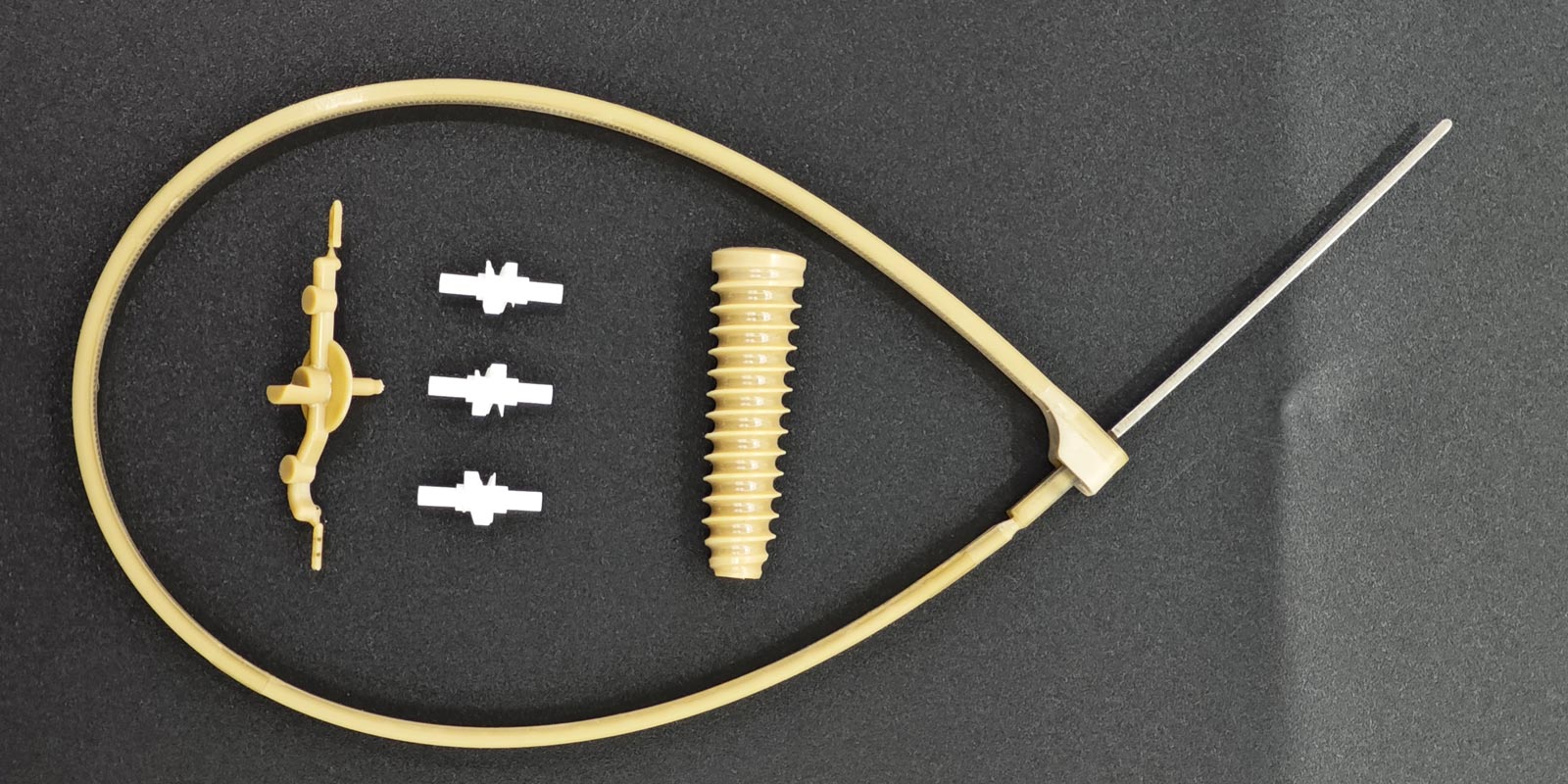
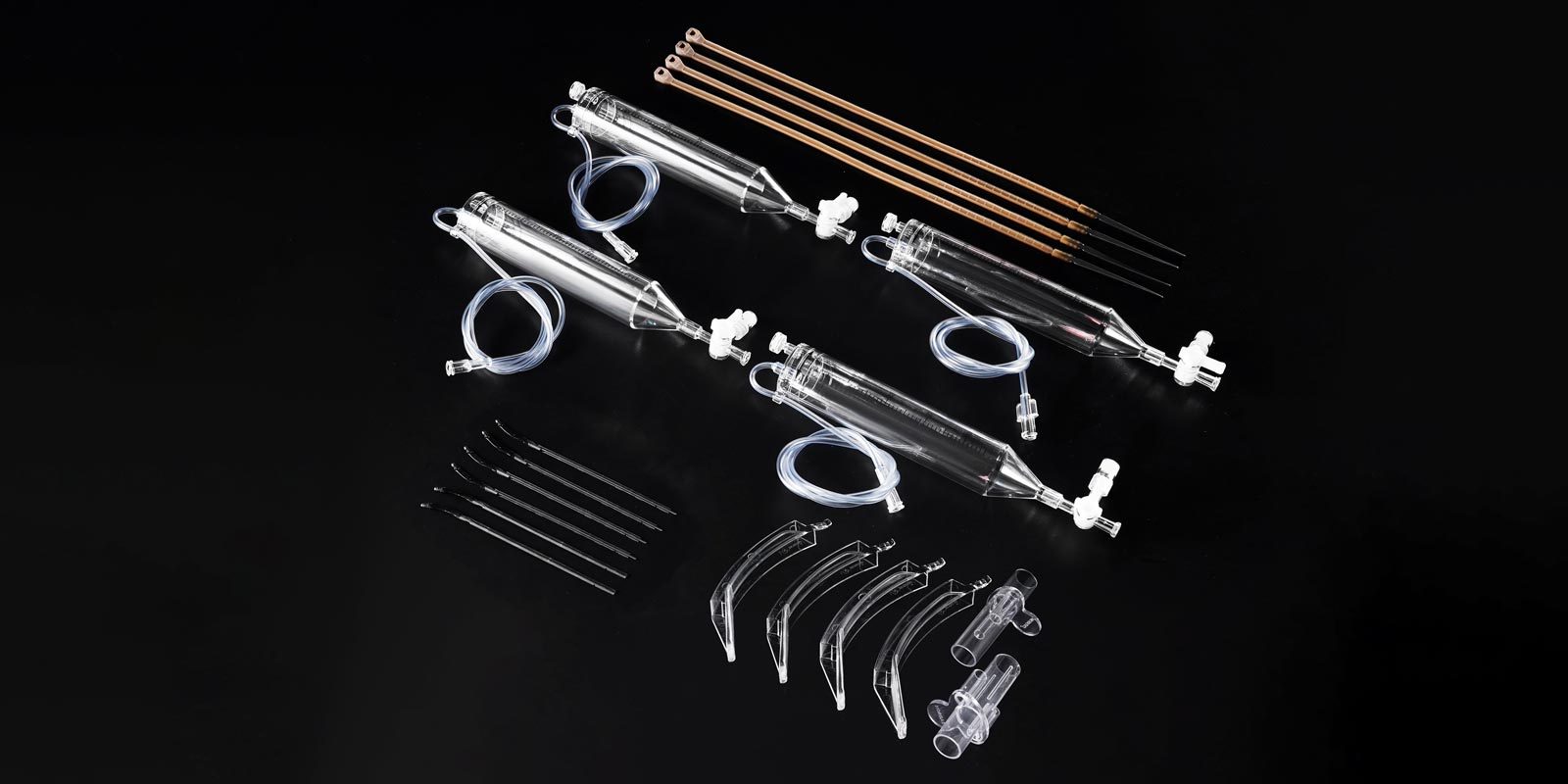
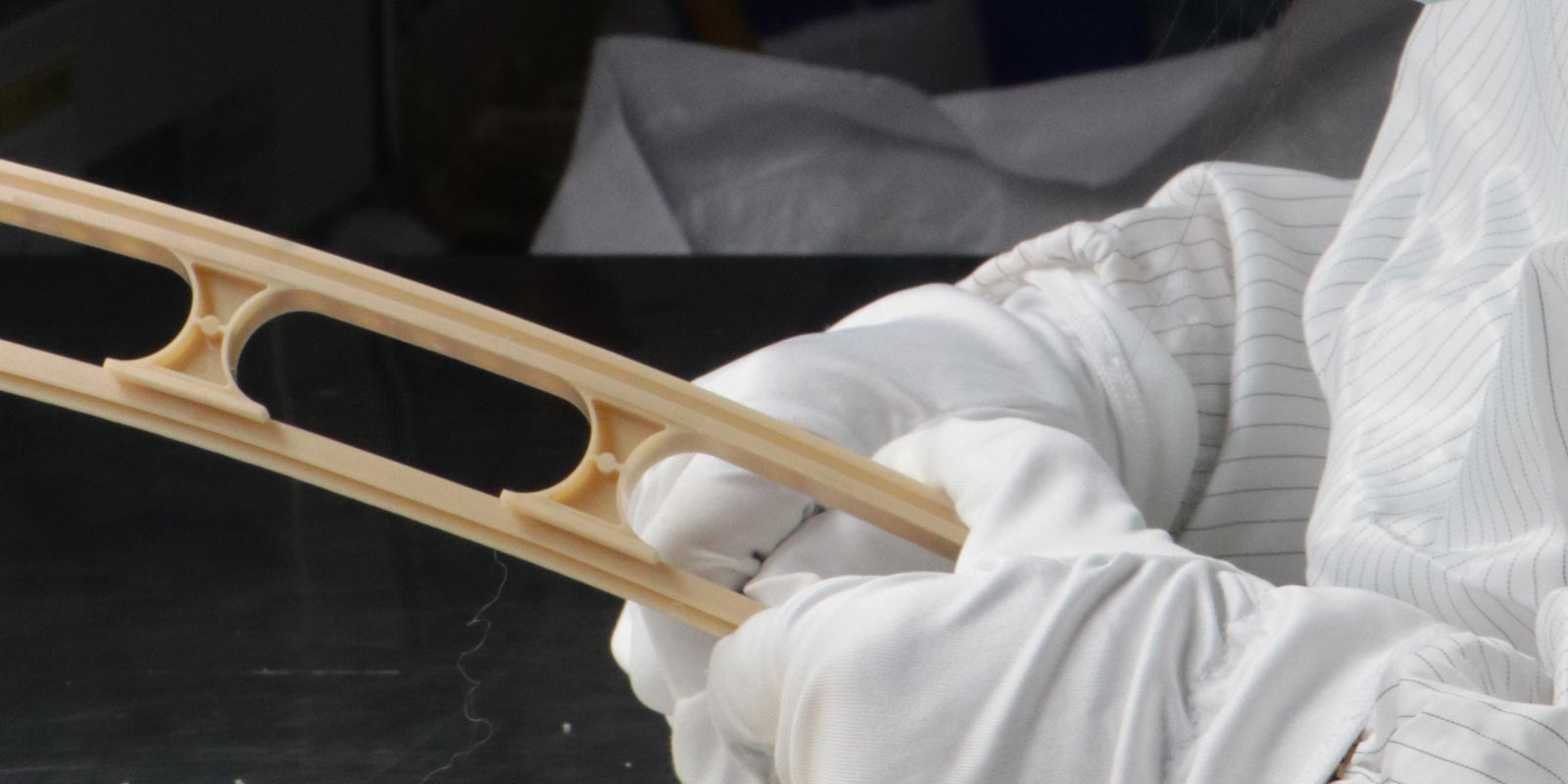
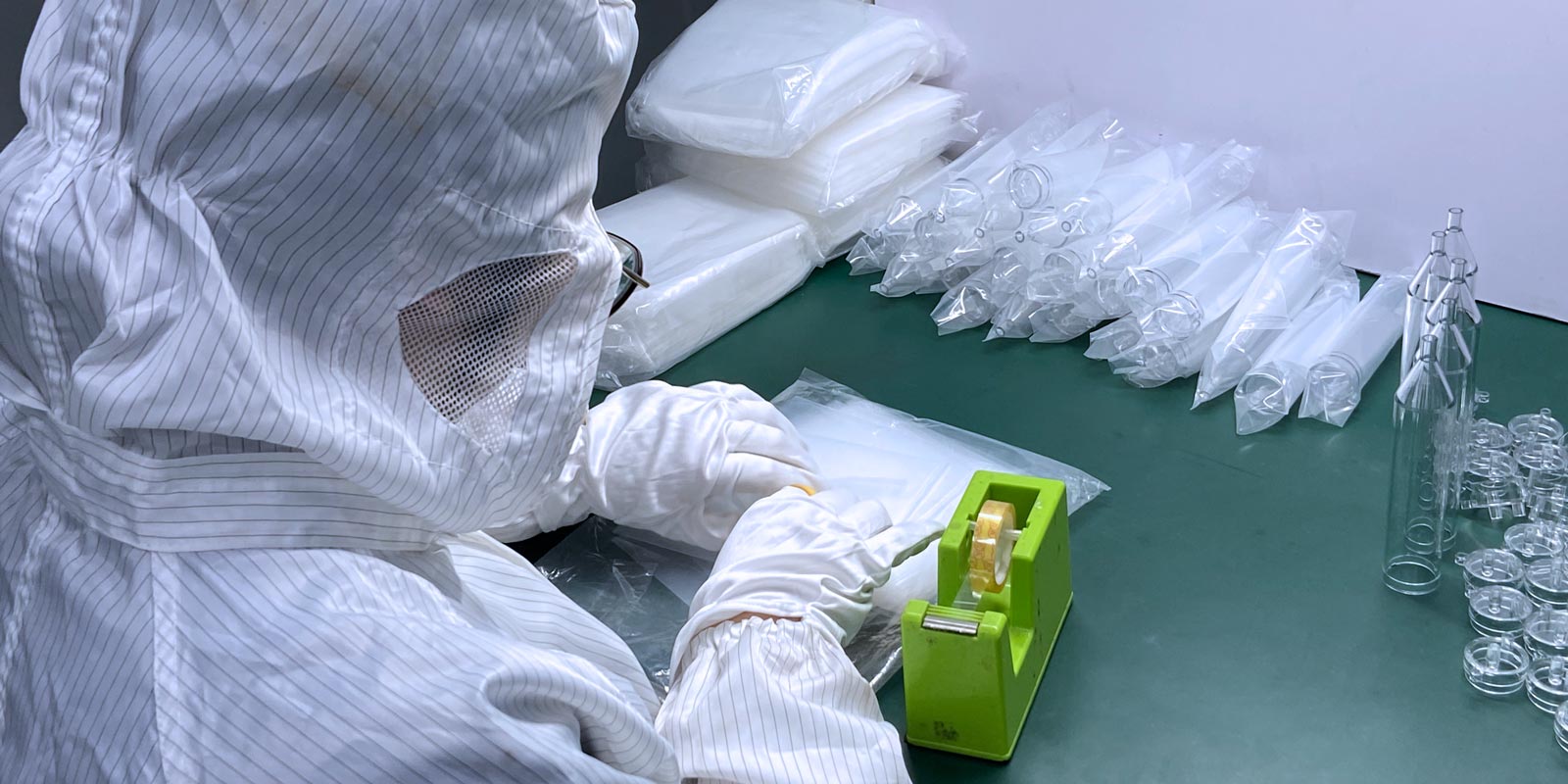
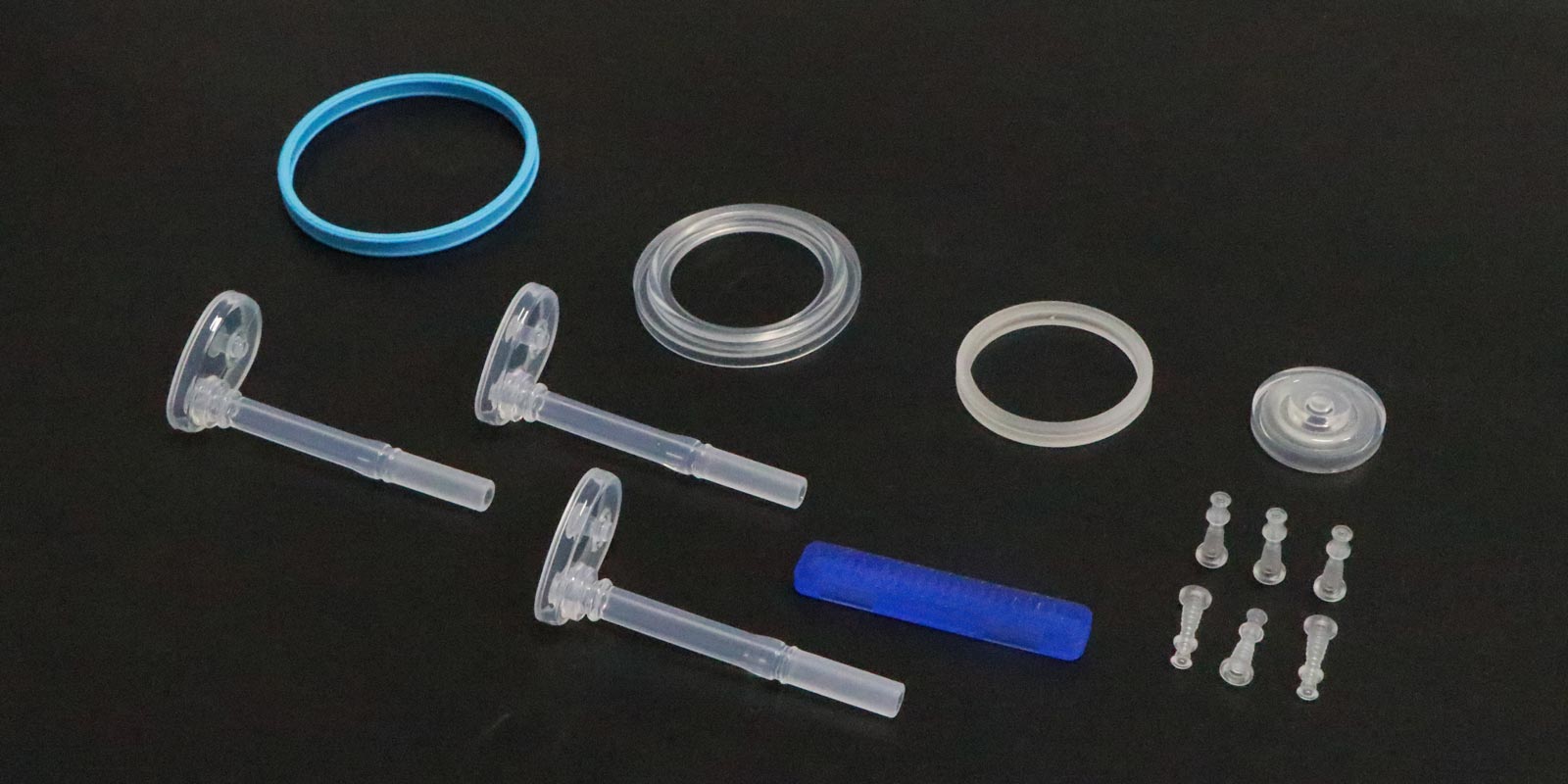











 Home
Home
